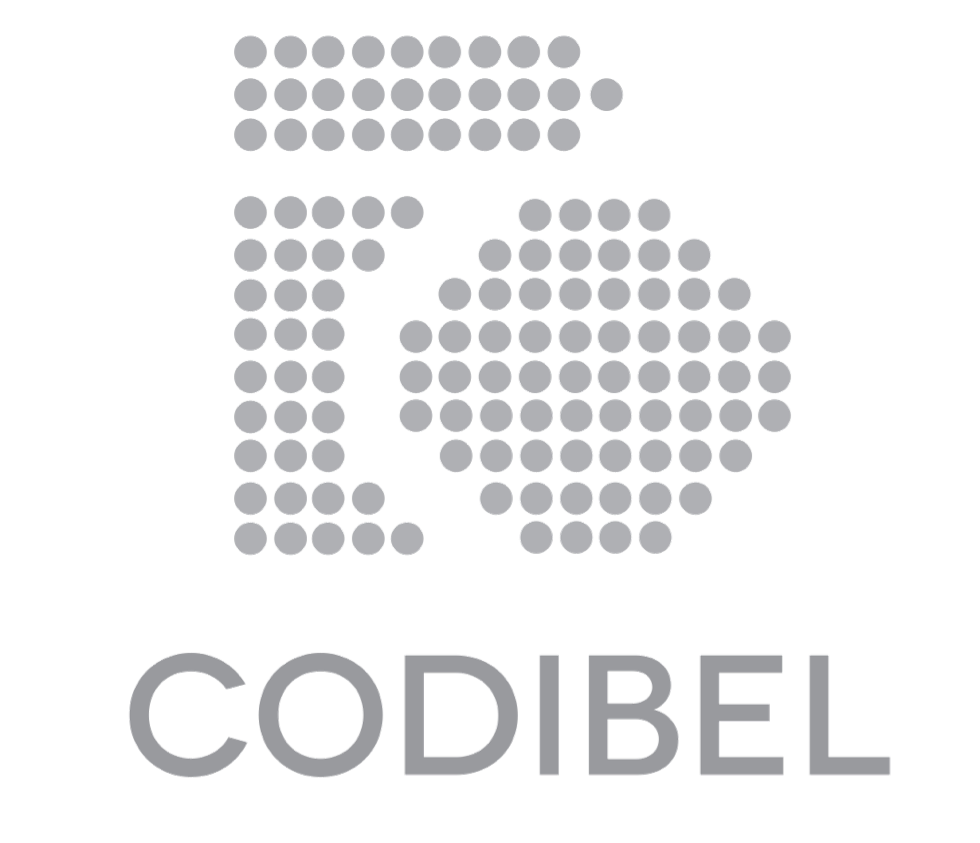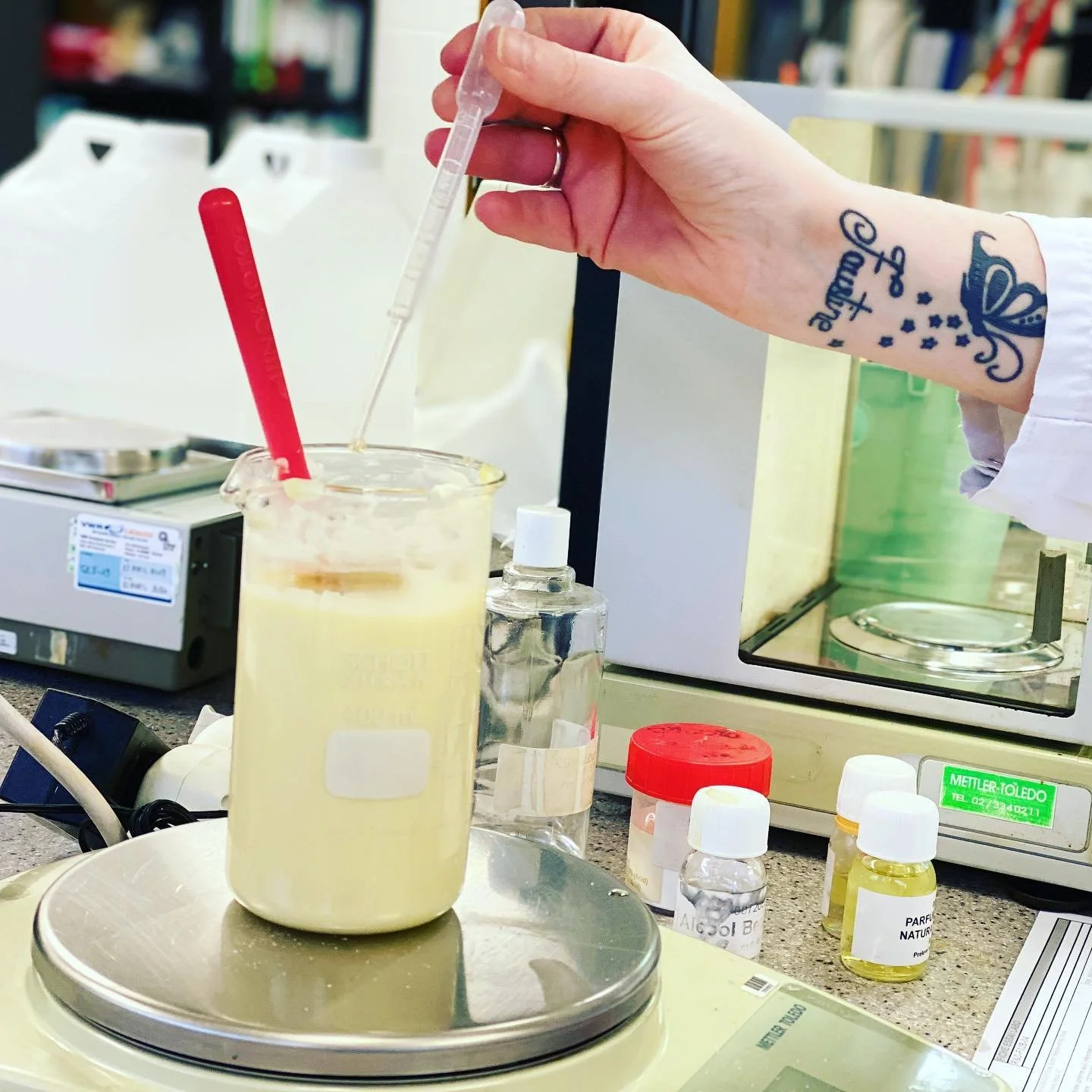
Straight from the lab
Sustainable Palm Oil
What are the problems surrounding palm oil in cosmetics?
At Codibel’s lab we have recently received many questions regarding the use of palm oil in cosmetics. It is known that the uncontrolled development of palm oil plantations can contribute significantly to deforestation, loss of biodiversity and habitat and can even influence climate change from the loss of peatland.
We at Codibel share the widespread concern about these issues and are committed to reducing the impact on the environment.
The purpose of this blog is to explain why palm (kernel) oil and its derivatives are used in cosmetics, where you are likely to find these ingredients, and how to choose a product correctly to ensure you can support us in our strive to reduce the massive problem of deforestation associated with indiscriminate palm oil farming.
Palm oil and palm kernel oil are very versatile vegetable oils, and palm oil trees produce higher yields per hectare, than any other oil seed. These facts, combined with relatively low production costs when grown on a large scale, explain why these vegetable oils are so popular, for food and also in the personal care industry. Indeed, palm oil is used in approximately half of all consumer goods, such as biofuels, packaged foods and personal care products….
Read the label
First and foremost, to be clear, palm oil is not used directly in any of the products manufactured by Codibel, including our Pure Elements range. However, some common raw materials used in cosmetics are made from palm (kernel) oil derivatives. This means that we are an INDIRECT user of palm oil, whether we like it or not.
The main raw materials used in cosmetics that may contain some form of palm oil derivative are the following :
• Glycerin
• Cocamidopropyl betaine and coco betaine
• Fatty acids: stearic acid, palmitic acid, myristic acid, lauric acid
• Fatty alcohols: cetyl alcohol, cetearyl alcohol, stearyl alcohol, lauryl alcohol
• Esters made from fatty acids or fatty alcohols: cetyl palmitate, cetyl phosphate, myristyl myristate, glyceryl (mono-) stearate and glyceryl oleate
• Triglycerides: C8-C10 caprylic/capric triglyceride and C10-C18 triglycerides
So, if you see these names mentioned in the list of ingredients, the product may indeed contain some palm oil derived raw materials. Some of these ingredients can also be produced from other oil sources, such as coconut or rapeseed, so this is always an option that we explore at Codibel before selecting our supply source.
What are the other options?
However, simply replacing palm oil with other vegetable oils is not a viable long-term option, as that would require more land, and would more than likely lead to even greater deforestation. In addition, in palm oil producing countries like Indonesia and Malaysia, millions of farmers and their families depend on work in this industry for their livelihood.
Therefore, our main concern is to ensure that our products only contain raw materials that have been produced from sustainably sourced palm (or palm kernel) oil such as RSPO certified (or equivalent).
What is “RSPO”?
Since 2004, the Roundtable on Sustainable Palm Oil (RSPO), a nonprofit organization that unites stakeholders from the palm oil industry, has been working to develop and implement global standards for sustainable palm oil.
The RSPO has developed a set of environmental and social criteria which companies must comply with in order to produce Certified Sustainable Palm Oil (CSPO). When properly applied, these criteria can help to minimize the negative impact of palm oil cultivation on the environment and communities in palm oil-producing regions.
What is Codibel’s commitment?
Since 2017, Codibel has a plan in place to reduce the use of palm-oil derived ingredients from unsustainable sources in all products. By the end of 2018, we had already reached 90% (expressed as volume in kg) of identified ingredients that had been changed to sustainable versions, and the trend will continue. Our commitment is also fully supported by the standards we have elected to adhere to, notably the EU Ecolabel and the COSMOS standards*. As from 1st January 2020, all palm oil derivatives used in products certified under the COSMOS standard MUST be from RSPO or equivalent sources. And this is already the case for EU Ecolabel products. Therefore, when you choose to use one of our certified products (Pure Elements Organics or Kursaal Green) you are helping us to support our commitment to a better planet, by only using products that do not contribute to uncontrolled deforestation and devastation of the environment.
We hope that this short blog has helped you to understand how the companies forming part of the “foreward-thinking” cosmetics industry, including Codibel, are directly contributing to the reduction of the use of unsustainably sourced palm (kernel) oil and its derivatives. There is still much work to be done, but each step we can take in the right direction to protect our planet is our valuable legacy for the future generations.
How "natural" are natural cosmetics
HOW NATURAL ARE “NATURAL” COSMETICS ?
Dear readers,
For the second blog “straight from the lab” I would like to talk about natural and organic (bio) cosmetics. It is of course nice to think that you can buy “totally natural products”, without “harmful chemicals” and free-from all the “nasties”. But how can you tell which products on the market are really natural? For a long time there has been much confusion over what can and cannot be called a ‘natural product’. It should be said that although there is still no official universal definition we are getting closer to defining what a “natural” or “organic” cosmetic should and should not contain. Read on…
Look for the label…
In order to maintain trust and honesty towards consumers, any claims such as “natural” and “organic” must be justified by the manufacturer of the cosmetic product. So, we would advise you to look for an official LABEL that has been certified by an external third party and guarantees that the products you are buying measure up to specific standards applied today by natural cosmetics manufacturers.
You can see below an example of a natural certified product label and an organic certified product label (the COSMOS standard certified by Ecocert). If you see such a label you can be sure that the product you have chosen meets certain standards and rules that ensure a high percentage of natural and organic ingredients. Many other labels exist (Natrue, Soil Association, Cosmebio, Ecogarantie… to name but a few) and the corresponding standards are available via the internet so you can easily check the requirements yourself. All these labels impose high standards in the choice of ingredients that the manufacture can and can’t use and of course natural, naturally-derived and organic ingredients are imposed. In the lab, as formulators, we are therefore limited in our choice of ingredients for natural cosmetics and have to use our creativity to the full!
What is COSMOS ?
COSMOS is an international non-profit-making organization born out of the union of the 5 main European associations involved in natural and organic cosmetics back in 2002. It has evolved over the years to become a unified global standard in natural and organic beauty with over 5000 certified products, 74% of which are certified Organic as opposed to Natural. The values of COSMOS closely match our own at Codibel and we aim to materialize these values through our new ranges of products, such as Pure Elements Organics.
COSMOS also aims to improve the overall sustainability of cosmetics whether it is through the origin of the raw materials used, the type of packaging used, or the biodegradability at the end of the life cycle. We believe this is the right way forward as a responsible manufacturer, and indeed is the ONLY way forward if we want to preserve the reserves that our planet can offer for the future generations.
https://cosmosstandard.files.wordpress.com/2018/08/cosmos-standard-v3-0.pdf
So why do you still see some “nasties” listed as ingredients in natural cosmetics?
Don’t be surprised if you do see a few ingredients listed on the product that are not 100% natural. They are derivedfrom natural ingredients through special processes that limit harm to the environment. These processes are known as “green chemistry”. Some allowances are also made for very small quantities of ingredients that are judged to be non-harmful to the environment in the minute quantities that are used, but are essential in order to guarantee the stability and correct preservation of the products over their life-time.
And don’t forget, “natural” does not always rhyme with “nice”. Some of the most potent poisons known to man are to be found in nature, so we always have to make sure that the natural ingredients we are using will not cause any irritation to your skin. Under European law, all cosmetic products placed on the market must undergo strict safety assessments to make sure that they are always harmless under normal conditions of use, and natural products are no exception to this rule.
What about Apps such as “Yuka”, don’t they guarantee transparency for the consumer ?
The latest trend is to scan the ingredient list and check via an App whether the product scores well on a rating scale which is specific to each App. The problem with this is that there is no unified way of scoring…all Apps score differently, and furthermore the Apps do not take into account the individual amounts of each ingredient present, only the fact that it is present or not. There is therefore no way that the overall toxicity or harmlessness of the product can be assessed at this point in time simply by scanning the ingredient list. So, although they may be useful in highlighting certain controversial ingredients, do be careful before drawing any hasty conclusions.
Conclusion:
The cosmetics industry is making great progress in responding to “conscious consumerism” by manufacturing cosmetic products that not only deliver high performance but also live up to environmental-friendly standards. We hope to have provided some insight into the way we at Codibel are facing up to this critical challenge and also to have highlighted the importance for you - as a consumer - to look for an appropriate and official third party certification label on the “natural” and “organic” products you choose to purchase.


